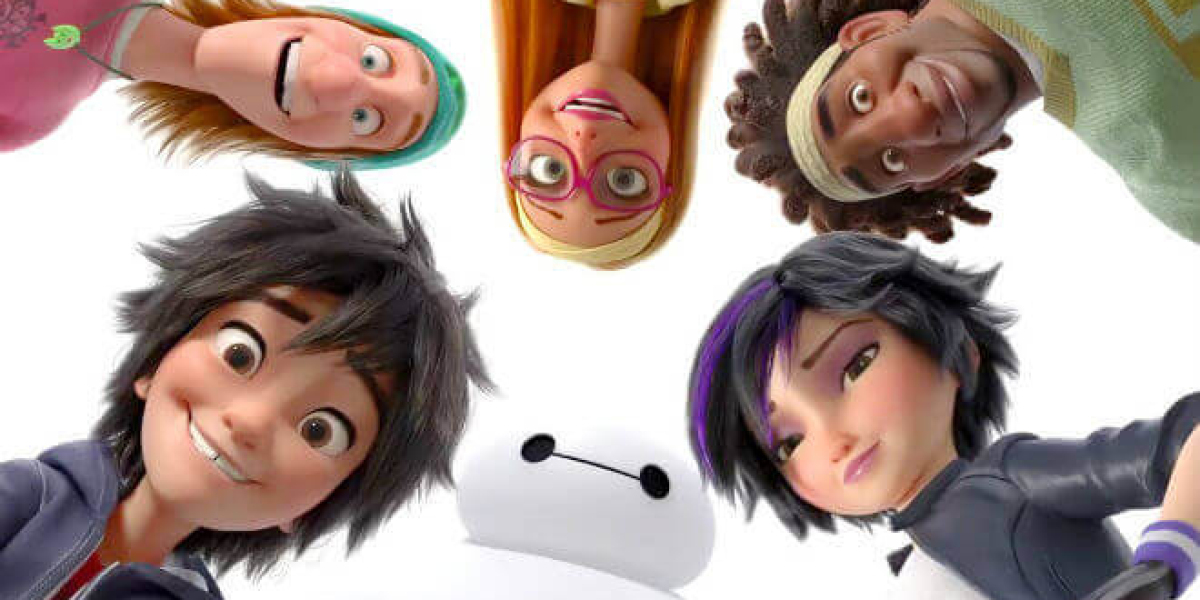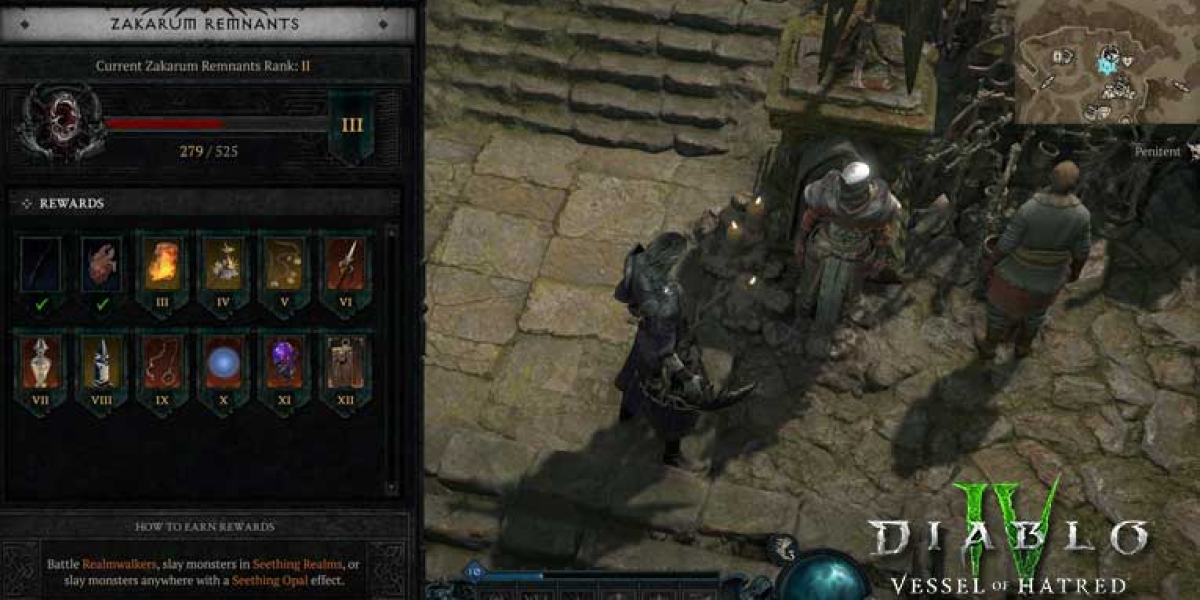Digital marketing is getting more competitive by the day. Audiences are bombarded with content, and brands need to do more than just show—they need to show well, in memorable, immersive ways. That’s where 3D animation enters the stage. A cutting-edge 3D animation studio can produce visuals that are not just eye-catching, but also emotionally resonant, interactive, and deeply tied to brand identity. And among the many subservices, logo animation services are gaining traction as brands invest in dynamic identity components that strengthen recall and professionalism.
In what follows, we’ll explore the main trends shaping 3D animation services for digital marketing, how they are implemented, and what marketers should be investing in now.
Key Trends in 3D Animation Services for Digital Marketing
Real-Time Rendering and Performance Optimization
Advances in rendering engines (like Unreal Engine, Unity, and improvements in GPU tech) allow for near real-time 3D renders, which support faster feedback loops and quicker turn-around. Brands can see rough layouts almost immediately, iterate, and then finalize lighting, textures, and motion.
This speed also allows more personalized or dynamic content (for example, product visualizations where a user can tweak color, view from different angles).
Immersive Experiences: AR, VR, and Spatial Computing
Augmented Reality (AR) try-ons, Virtual Try-outs, VR walkthroughs (for real-estate, retail stores) are increasingly common. These are powered by 3D assets and animation.
This creates a more engaging customer journey: rather than passively viewing, users interact.
Interactivity and User-Driven Animation
Interactive 3D product visualization, where users can rotate or zoom a product, change features or color in the scene.
Gamification or micro-interactions embedded in websites/apps, where 3D elements respond to user behavior (scrolling, hovering, gestures).
AI and Automation in the Animation Pipeline
Tools that help automate rigging, motion capture, style transfer, or even generating secondary motion (cloth, hair, etc.).
AI-driven morphing effects—smooth transitions between shapes or scenes—are likely to be used more, especially for transitions and dynamic visuals that catch attention quickly. (Morphing has been a long-studied technique in animation to bridge different forms or shapes; applying it with AI helps accelerate creative possibilities.)
Stylization & Hybrid Visual Styles
Not every brand wants photorealism. Many want stylized 3D: combinations of cartoon, cel-shading, illustrative textures over 3D geometry.
Hybrid animation mixing 2D, 3D, morphing sequences, or combining layout techniques (e.g. strong use of cinematic layout; the arrangement of camera, space, lighting) to guide viewer’s attention.
Brand Identity & Logo Animation
As part of brand storytelling, logo animation services are increasingly asked for. It’s not just showing a static logo; animation can help express the brand’s values, personality, and tone.
Short animated intros/outros, reveal animations, or morphing of logo shapes are common. A 3D animation studio can offer more sophisticated lighting, shadows, texture, camera movement in logo animation, giving a more premium feel.
Layout Focus & Cinematic Composition
The arrangement of objects/camera (the layout) in 3D scenes is critical for storytelling. Strong layout ensures that viewers know what to focus on first, what the story is, even before much motion happens.
Techniques from storyboard layout (like guiding lines, perspective, light/dark contrast) are being applied in 3D scenes more than ever. Good layout reduces noise, ensures clarity, improves pacing and viewer comprehension.
Morphing and Transition Effects
Transitions using morphing (smoothly transforming one shape/form into another) are being used not just for novelty but to communicate change, variation, evolution (e.g. product versions, service tiers).
Using morphing for logo reveal, for shifting scenes or even for transforming layouts (one scene’s geometry shifting into another) helps keep attention and makes designs feel fluid and modern.
Greater Accessibility & Smaller Budget Projects
Because tools are cheaper, cloud rendering is more available, many studios can offer 3D animation services at lower entry points.
Templates, plugin-based workflows, or semi-custom solutions are helping smaller brands get into quality 3D without huge budgets.
Cross-Platform Consistency
Brands want their 3D animations to work across social media, websites, in-store displays, perhaps even AR apps. Ensuring consistency of look, lighting, and motion style across different uses is increasingly important.
Why These Trends Matter for Marketers
Better Engagement & Retention: 3D content tends to hold viewer attention longer than flat visuals. The immersive quality of depth, lighting, shadow, natural motion etc., helps with stronger information retention.
Higher Conversion Rates: When customers can see product details, interact with it, or understand its function via 3D animation, they are more likely to feel confident and purchase. Virtual product visualizations reduce friction and uncertainty.
Differentiation: In crowded markets, brands with high-quality 3D visuals and dynamic logo animation services stand out. Quality of presentation itself becomes part of the perceived value.
Storytelling: Using layout, morphing, stylized visual transitions, brands can tell more sophisticated narratives. Instead of just “product features,” you can embed identity, experience, vision.
Challenges & Considerations
Cost & Time: Though costs are dropping, high-quality 3D still requires skilled labor, modeling, rendering time. If morphing or complex layouts are needed, it adds to the work.
Technical Constraints: Especially for real-time applications (AR/VR) or mobile platforms, poly-counts, texture sizes, performance must be managed carefully.
Workflow Complexity: Incorporating layout design, morphing, AI tools, rendering pipelines means more coordination. Mistakes early on are expensive.
Brand Alignment: A 3D animation studio must deeply understand brand identity; otherwise, flashy visuals may feel disconnected from messaging.
Example Use Cases
A tech company using a 3D animation to showcase their latest gadget: demonstrate how it opens, its internal components, user interface. Use morphing-style transition to show “before / after” performance improvements.
A furniture brand offers virtual showrooms with 3D animated visualization: allowing customers to place furniture in their own room via AR, change colors, and even see how lighting changes affect appearance. Good layout ensures scenes look balanced and believable.
A brand refresh: using logo animation services to create a short, animated reveal at the start of all video content, and an outro with morphing shapes tied to the brand palette.
What a Good 3D Animation Studio Should Offer
If you are hiring or working with a 3D animation studio, here are features / capabilities you should expect, given the current trends:
Strong storyboarding and layout design skill; ability to plan how camera, light, space will guide viewer attention.
Experience in morphing/transitions; not just motion but smooth shaping and transformations.
Capacity for interactivity, or at least for creating assets that can be adapted for interactive use.
Expertise in logo animation services: not just animating a static logo, but integrating it into motion, stylization, lighting, camera—making the logo feel alive.
Use of modern rendering tools (real-time engines when needed), understanding of optimization for web, mobile, AR.
Flexibility: can scale up or down; can work with lower budgets using semi-custom or template-based tools, without sacrificing professionalism.
Looking Ahead: What’s Next
More AI-Assisted Creative Tools: That support layout suggestions, automatic morphing, auto rigging, facial animation driven by audio. These will speed up iteration.
Metaverse / Extended Reality (XR) Integration: As more brands experiment with virtual spaces, 3D identities and logo animations will become part of persistent digital brand presence.
Procedural Content Generation: Environments, textures, lighting that adapt dynamically depending on user context (time of day, device, location).
Sustainability in Rendering: Green / optimized rendering: reducing waste, using efficient pipelines, cloud rendering that’s carbon-friendly.
Personalization at Scale: 3D assets that can be customized per user (color, feature, etc.), morphing transitions between user states.
Conclusion
3D animation services are no longer a luxury—they’re becoming central to effective digital marketing. A skilled 3D animation studio that offers well-executed logo animation services, pays attention to layout, uses morphing and transition effects, and leverages interactivity and modern tools will have an edge. For marketers, investing in 3D animation means richer storytelling, better engagement, and stronger brand recall. If you’re planning your next campaign, think about where you can weave in these trends: layout strength, morphing, logo dynamism, immersive experiences—and pick a studio that understands both technical execution and brand strategy.
If you want, I can pull together some concrete examples of recent campaigns that use layout and morphing brilliantly, and show how different 3D animation studios executed them well. Do you want me to do that?








